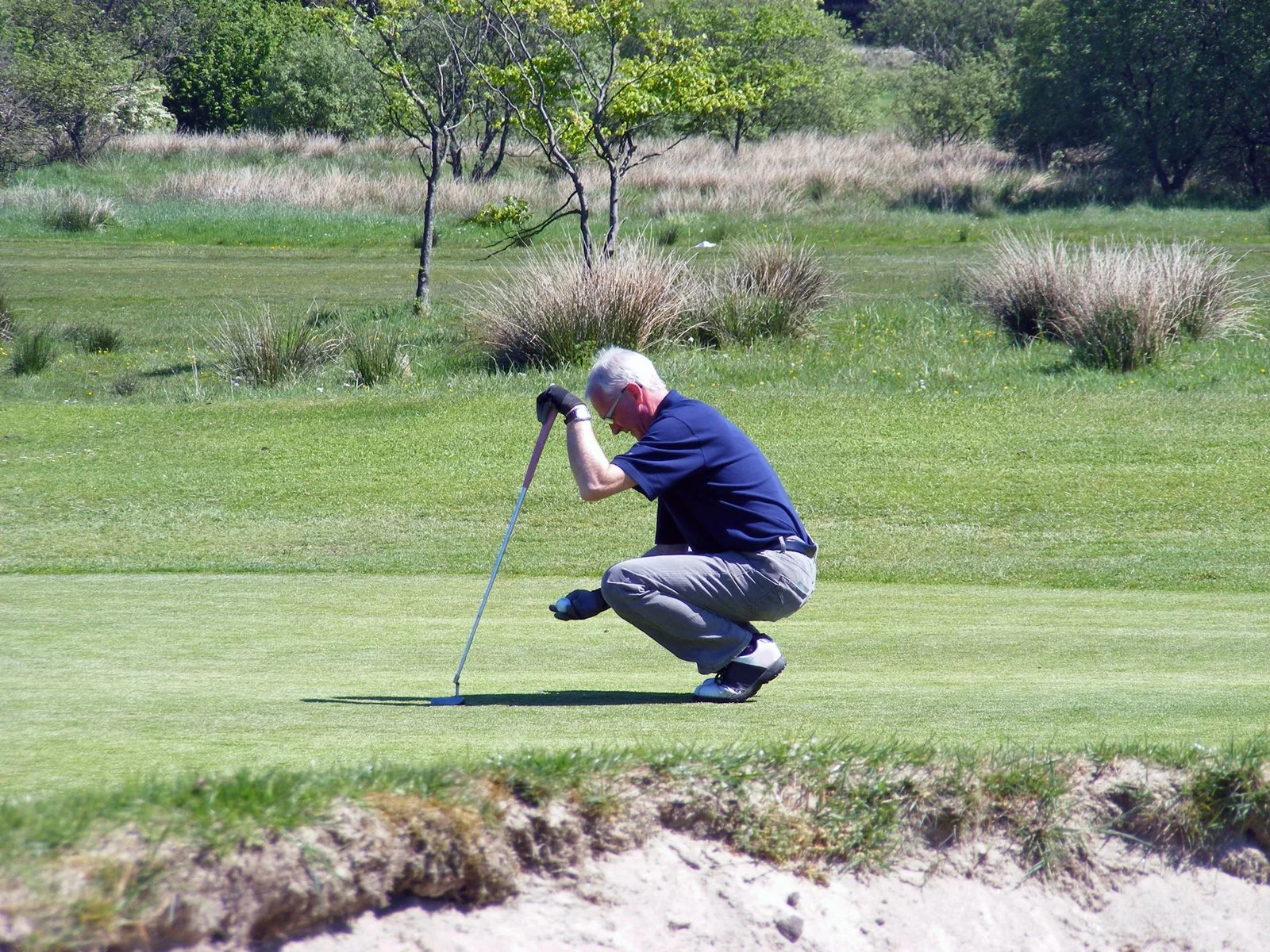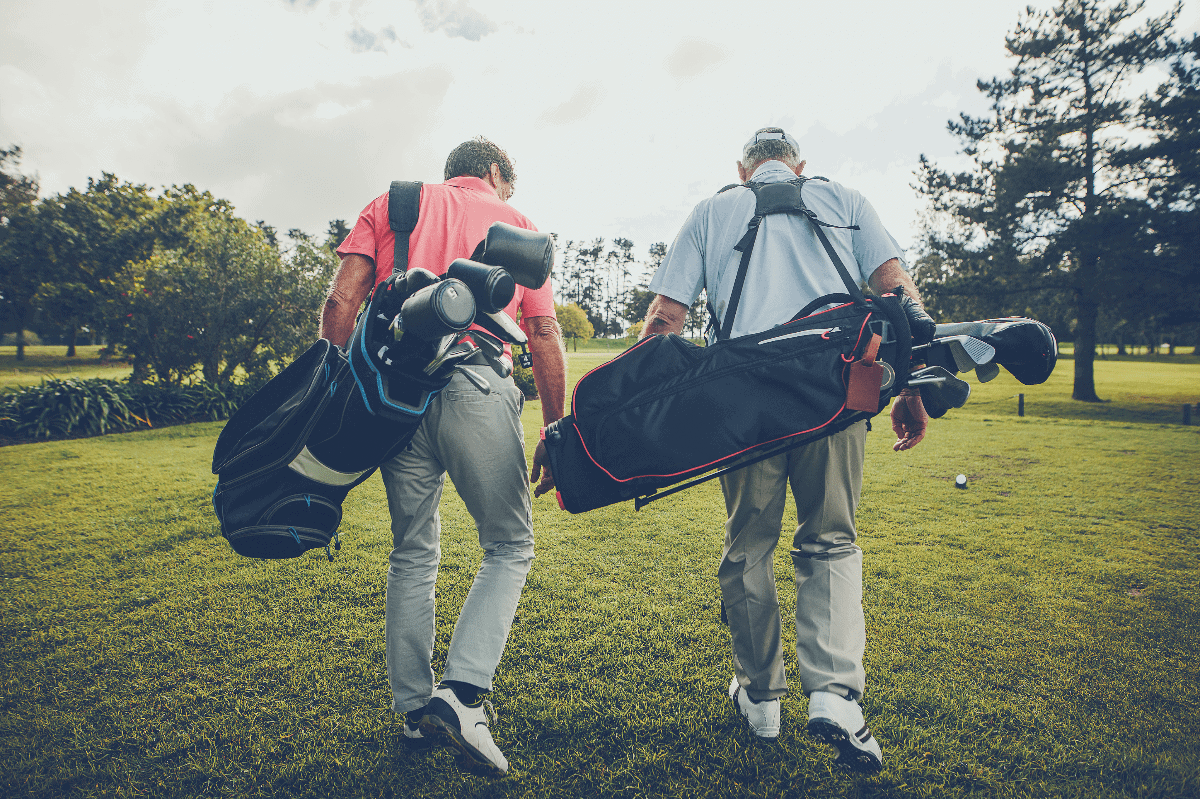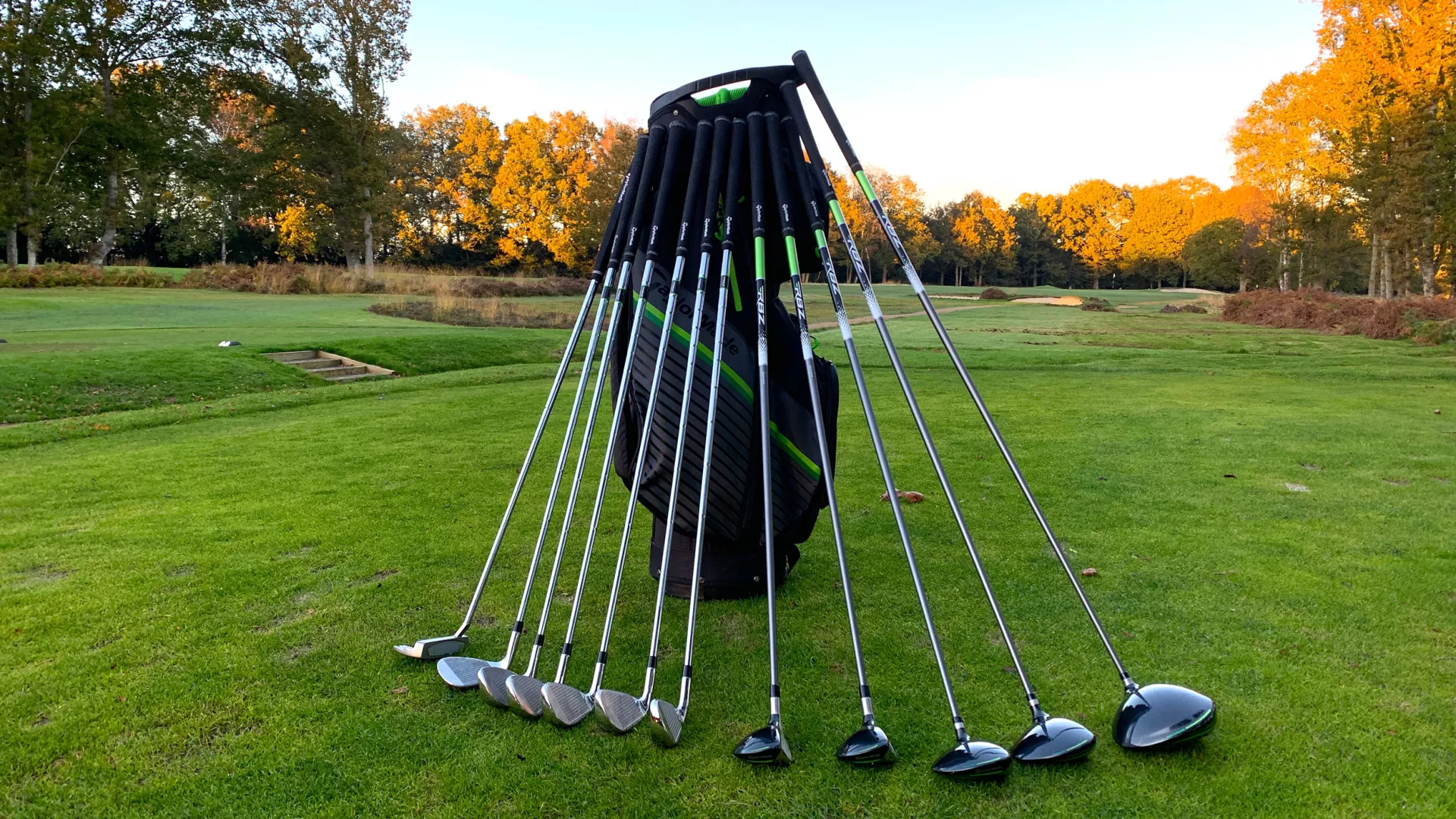Golf Shoe Buying Guide The game of golf is one of skill and strategy. Along with a trained focus, ample patience, and exceptional accuracy, the right equipment can make a substantial impact on your game. From your golf clubs to your apparel, your gear should be balanced between personal style and performance.

One area you should really put a lot of consideration into is your golf shoes. While you can justify spending something like $600 on a driver, think about the fact that you’ll only use it for 10 to 14 shots per round. On the other hand, you’re going to use your shoes for every single shot. Whether you realize it or not, they have just as much of an impact as your clubs can. That’s why it’s so important to make sure you find the right golf shoes for your play style.
Your golf shoe’s biomechanics provide traction and stability, which are crucial for a good swing. You need a golf shoe that will keep you grounded with a strong, stable base while also being comfortable enough to walk the course. There are a huge number of options out there, so it can be hard to tell which golf shoes are best for you. Here are some tips to get you started.
Do You Need Golf Shoes, or Can You Use Athletic Shoes to Play Golf?
Just like football and soccer cleats, golf shoes are designed for the sport itself. They don’t just provide extra traction and stability: They’re also built to promote proper form by supporting your stance and swing. Other types of shoes may work, but you won’t get the same level of performance as you would with a pair of golf cleats. With golf being a game for all conditions, you want to make sure you have shoes prepared for all elements, especially water. The last thing you want is to find yourself with soggy, wet socks halfway through the course.
Do Beginner Golfers Need Golf Shoes?
If you’re serious about getting into the sport, it’s wise to invest in the proper gear. While you could potentially use running shoes or training sneakers, that would be a disservice to yourself and your form. Golf cleats or shoes are specifically designed and constructed to give you the most support and traction for your swings. Attempting to replicate that form in other types of shoes will definitely hinder your performance and may even discourage you from pursuing the game further.
Do yourself a favor and learn your proper form in the right gear rather than wasting time readjusting or acclimating to golf shoes after you’ve gotten started.
Top Factors to Consider When Buying Golf Shoes
There are a huge number of things to keep in mind when finding the right golf shoes. To help you narrow it down, here are some of the most important factors.
Consider the Style
Once you know your needs, narrow it down even further, figuring out what style of golf shoe appeals the most to you. The most common golf shoes are spiked or spikeless golf shoes.
Spiked golf shoes offer excellent traction. Over time the spikes on the bottom of the shoes can wear down, but they can easily be replaced. This ensures avid golfers who find themselves on the green multiple times a week can rest assured that they don’t have to invest in multiple pairs of golf shoes.
On the other hand, spikeless golf shoes can be more comfortable than their spiked counterparts. They’re also better suited for a variety of terrain, from the course to the clubhouse. While spikeless golf shoes may be more comfortable, they tend to offer less traction on the green than spiked cleats.
Once you’ve determined whether you prefer spiked or spikeless shoes, make sure you consider these other factors to find the ideal golf shoe for your needs.
Fit Is Key
Like with many other sports shoes, proper fit is absolutely essential for comfort and performance. Finding the right fit starts with trying the shoes on. To ensure a perfect fit, try on a few variations, going up and down a half size to see which one feels best. Properly-fitting golf shoes should feel snug, but never tight. Your heel should stay in place no matter how you move, but your toes should have some wiggle room.
When you’re trying on golf shoes, we recommend wearing the same socks you would wear on the course. That way, you can tell how they’ll feel on your feet as you play.
When looking for the proper fit, make sure you consider arch support and toe width. Just trying a shoe on won’t always make it clear if it’s supportive enough, so it helps to keep these in mind in advance. If you have flat feet or high arches, shoes without the proper support can result in serious foot pain by the 18th hole.
You’ll also need shoes with a toe box proportionate to your feet. As we mentioned, you should be able to wiggle your toes slightly in your golf shoes. If you can’t, you need shoes with a wider toe box. On the other hand, if you find that your toes are sliding around, you might need a narrower fit.
Be sure to keep an eye out for brands that offer different widths, such as wide and extra wide.
Golf Shoe Biomechanics or Construction
A good golf shoe isn’t just a running shoe with spikes attached for more traction. The construction of a golf shoe requires more than just the style or material being used. It’s a small feat of engineering to ensure it maximizes the golfer’s performance with each swing. Whether it’s a chip, a drive, or a putt, every swing comes down to torque and traction. The latter is a result of the shoe’s stability, which is why you should put just as much, if not more, thought into your shoes as you put into other pieces of equipment like your golf clubs.
The ideal golf shoe has lateral stability to support the force of impact put into the shoe with each swing, and offers flexibility when you need it in your ankles and toes. It should have less of a heel-to-toe drop than a typical running shoe, offering enough cushion for walking the course without sacrificing stability.
Using the right combination of fabric and traction technology can help you improve your swing, distance, and overall form.
Materials Matter
Golf shoes or cleats come in a variety of materials, each of which has its own benefits and limitations.
Leather is the most durable material, and it’s common in traditional golf shoes. However, it’s also heavier and more expensive than other materials. It offers little breathability and requires special care.
Synthetic materials are much lighter and more breathable, but won’t last as long as leather. Mesh has great breathability for high-temperature climates, but is less durable and supportive than either leather or synthetics.
Waterproofing
The soggy squish of wet socks can wreak havoc on your score as you round the back nine. If you play in rainy areas or on swampy courses, it’s worth looking into golf shoes with waterproofing technology to save yourself some discomfort and mulligans. High-quality brands even offer waterproof shoes that are still breathable, perfect for tropical climates and wet conditions.
Closure System
Along with the overall appearance and color of your shoes, make sure you think about the closure system. Golf shoes offer a variety of different options, including laces and BOA systems. Laces tend to offer more of a traditional appearance and a customized fit, while BOA systems can be secured or adjusted quickly and easily. There’s no right answer here, so pick whichever type of closure feels best to you.
Style & Color
Appearance is always second to performance, but you shouldn’t discount it. Golf is a game of psychology and nerves as much as skill, and shoes that make you feel good can improve your confidence on the course. Make sure to get your shoes in a style and color that matches your personality and preferences. While golf is a sport known for its colorful patterns and flashy palettes, the last thing you want to do is have multiple pairs of golf shoes in a variety of colors. When it comes to your golf shoes, we recommend selecting a neutral color that works well with whatever outfit you decide to make a statement with on the green.
Course and Climate
With golf courses all over the globe, you need to consider your specific needs based on your location.
Consider the climate of your favorite courses. Are you going to be playing in all types of weather or merely sticking to getting on the green during nice days? Do you like walking the course, or will you be riding in the cart? These can all play a factor in what type of golf shoe would be ideal for you and your play style, along with features that will keep you dry and comfortable throughout the whole course.
Start Shopping
As with any sport, it’s important to make sure you’re taking the right amount of time to consider your options and determine what your specific needs are. When it comes to golf shoes, it’s more than just whether or not they have spikes or the kind of material they’re made out of. Maintaining the proper form and stability is crucial, especially when you’re new to the sport. Now that you know what to look out for, start exploring your options to find the perfect addition to your golf equipment!
Golf Shoe Checklist
Approach Your Selection in This Order
- Identify your needs
- Spiked or spikeless?
- Fit: Normal or wide?
- Biomechanics & construction
- Materials used: leather or synthetic?
- Closure system: laces or BOA?


